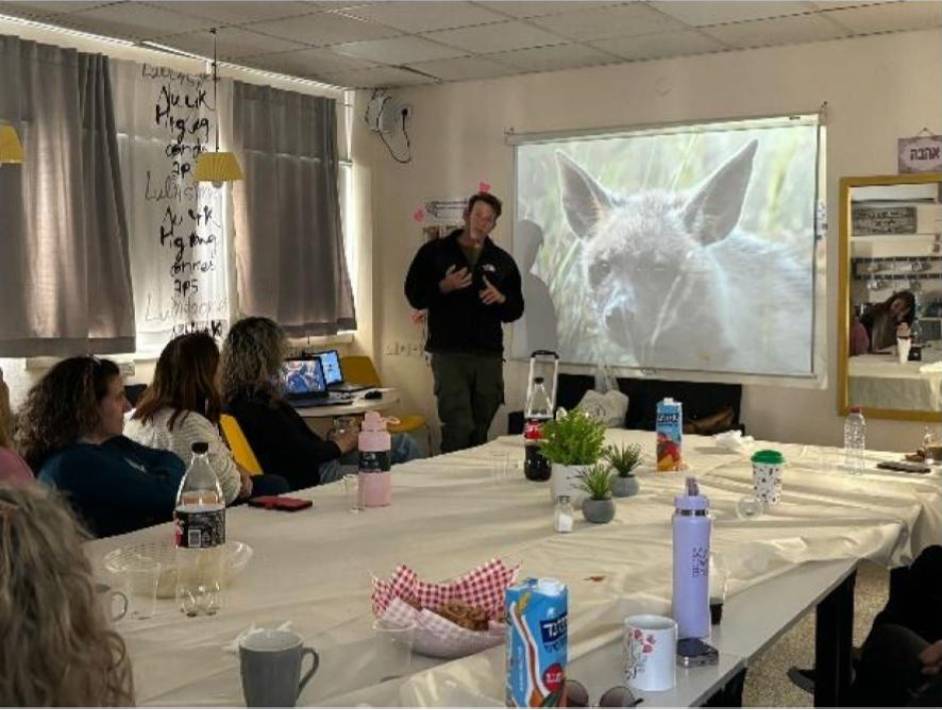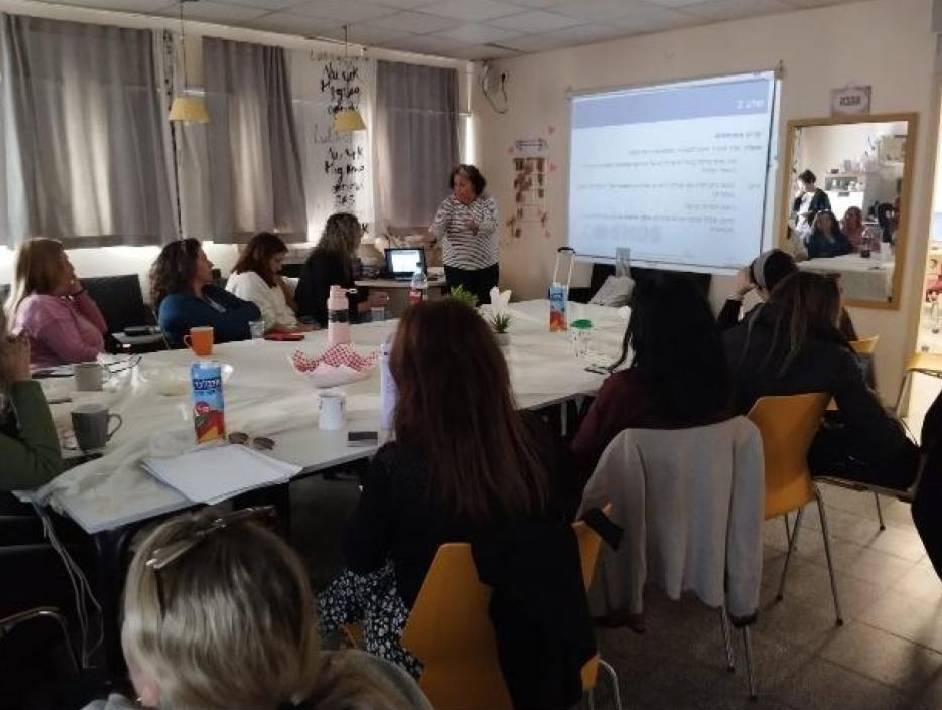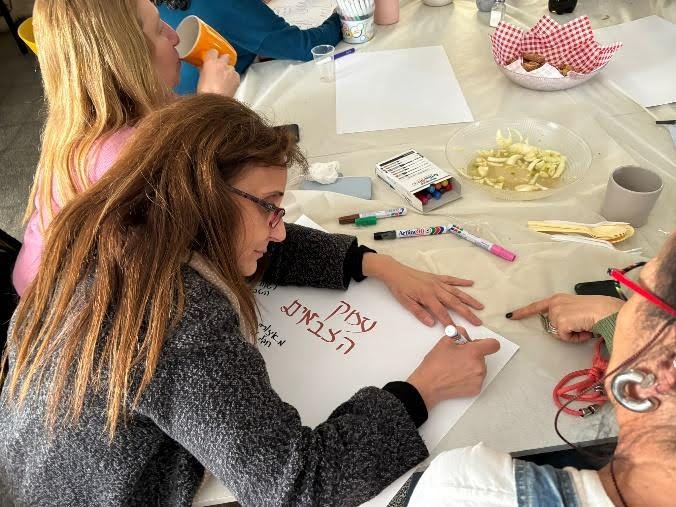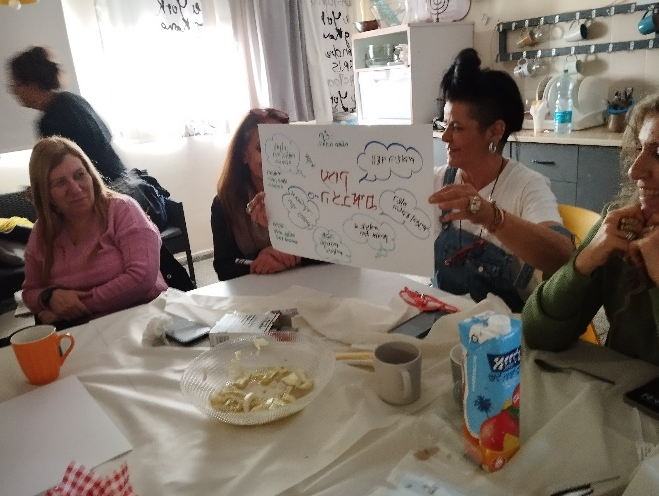
Urbanization is a global movement with huge impacts on nature and its resources. In a small country with a rich ecology and biodiversity on the one hand, and rapidly expanding population, on the other hand, urban development versus nature preservation is an especially burning socio-scientific issue (SSI). What will be the fate of nature reserves and the fauna and flora inhabiting them? On the other hand, development with housing, schools, community services and institutions, roads and other infrastructure for local economy is needed. Will people now have to drive long distances to spend a day outside in nature? Development versus nature preservation involves diverse stakeholders with different and often conflicting interests. Who has to gain and what is gained? Who has to lose and what is lost? These are just some of the dilemmas involved in the SSI of 'Development versus Nature Preservation'. It's not surprising that this topic was selected as this year's socio-scientific issue (SSI) by the Lapid elementary school.
Lapid elementary school is a small community settlement (Lapid) situated in a primarily rural area in the central region of the country, on the outskirts of the Ben-Shemen Forest and in an environment rich in natural assets including a gazelle valley nature reserve. Lapid school is participating in COSMOS for it's second year. In the first year, they were one of the project's pilot schools and this year, both the school team and the COSMOS partners' team are building on insights from our previous year's experiences to strengthen the COSMOS learning process.
Last year, the SSI Lapid chose for its SSIBL-CoP (Socio-Scientific Inquiry Based Learning Community-of-Practice) implementation was 'The loss of bees'. This was identified as a locally authentic and relevant issue for the school community since some of its members are beekeepers, and the surrounding landscape is a highly vegetated with gardens (public, community and private), agriculture, shrubland and woods – all dependent on bees for pollination and on which the bees are dependent as their source of nectar and pollen. The school community, including teachers of diverse subjects and students, together with parents and external community stakeholders, explored the life of bees, their importance for pollination, and causes for their disappearance. They created a great “buzz” throughout the school community.
Given the successful implementation, the Lapid team considered to continue probing the same SSI for its second year in the project. But recent developments nearby led to change in plans: the construction of a roadway that cuts across the nearby natural habitats, threatening local wildlife (including gazelles and hyena populations, other mammals, songbirds, and birds of prey) and the ecological integrity of local natural ecosystems. Given these developments, the school CORPOS (COSMOS leadership team), convened to discuss these developments, and decided to change the SSI for this year’s COSMOS implementation, focusing on the different dilemmas connected to development at the expense of nature as these play out in the area's "Gazelle Valley" nature reserve.
A principle of COSMOS is learning in and as a community – in a community of practice (CoP) that includes members of the in-school community and of the out-of-school community. In line with this, once the Lapid school CORPOS decided on the SSI for this year's implementation, the CORPOS convened with teachers that will take part in the project, representatives of the parent committee, the COSMOS team, and societal partners to learn about the SSI and discuss ways to create a meaningful SSIBL process around it. The head of the school's parent committee who is an environmental activist provided an updated account of the selected SSI. He addressed the ecological values of the local natural
environment and its biodiversity, the local Planning Committee's development plans regarding the road system to be constructed, current citizen's activism on the issue, as well as initial ideas for presenting the different interests in the Planning Committee. The CoP then revisited central COSMOS concepts that would guide the co-design and learning process. As an initial step to designing the learning unit, the school team created a concept map, mapping out the different stakeholders around the SSI and potential conflicting interests, and how the SSI connects to different school subjects (science, history, languages, art) as different teachers will be engaged in the project.
The SSIBL didactic process to science education includes three learning stages: (1) ASK – asking questions about the SSI which provide a basis for students to conduct inquiry; (2) FIND OUT – conducting inquiry to gain knowledge pertinent to the inquiry questions and to enable providing answers to the questions; (3) ACT – taking environmental citizenship action on the SSI. The CORPOS and participating teachers and students have developed a draft learning unit focusing on the consequences of paving the road system on the local ecological systems and biodiversity. The students will explore the views of the different stakeholders in the aim of enabling them to develop a systemic perspective of the SSI and balanced view that takes into account both development needs and preservation perspectives, but also clarifying their own personal attitudes and position on the issue. While aspects of the learning unit's content and activities are open and will depend on the students' input during their learning, the three-stage framework is largely in place. The ASK stage will include different methods of learning, such as field trips to the affected environments, to learn about the ecosystem and local biodiversity as a foundation for the students' raising questions. The FIND OUT (inquiry) learning phase will include different types of inquiry, such as social inquiry - interviewing local community members and various stakeholders. The ACT stage will include activities such as raising community awareness, organizing local citizen action, writing letters to the mayor and the Planning Committee.
In summary, the entire school is engaged in the process and excited about learning and acting on this authentic issue, and collaborating with parents, community members and societal partner experts.

The CORPOS and school team meeting with a societal partner who is and environmental activist to learn about the socio-scientific issue.

The CORPOS, school team and COSMOS team revisiting COSMOS concepts towards co-design of the learning unit


The CORPOS and school team mapping the stakeholders around the SSI and connections of the SSI to different school subjects.